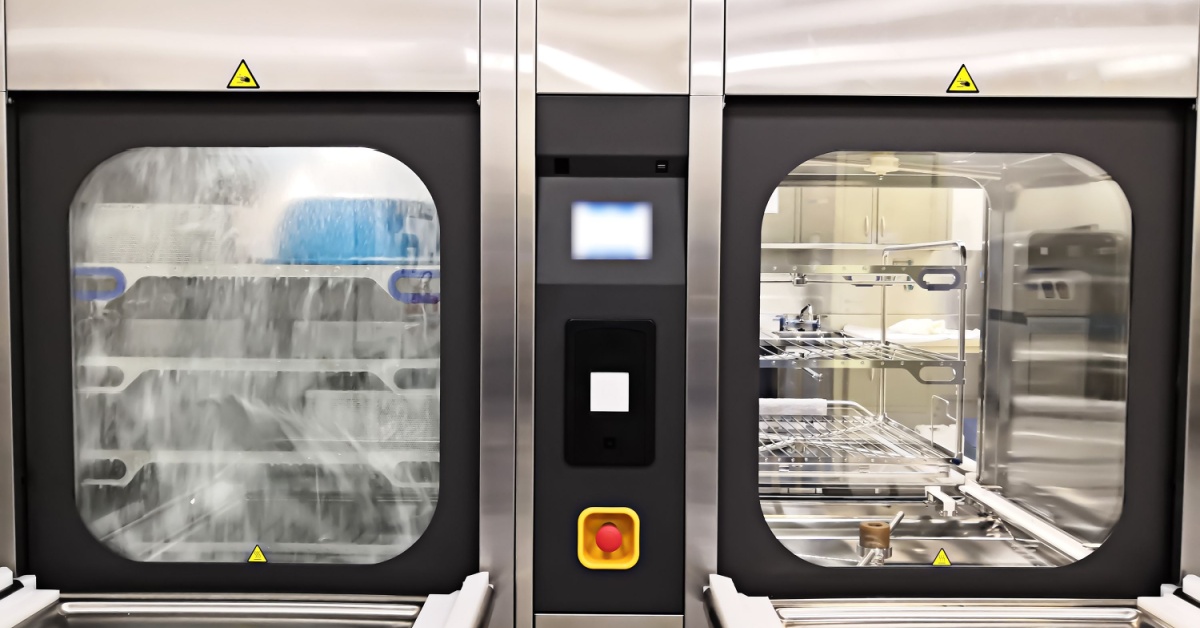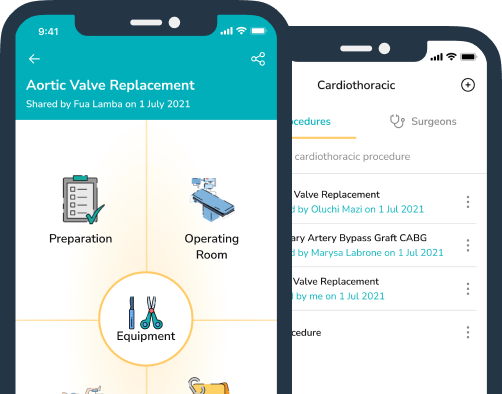Point of Use (POU) Cleaning of Surgical Instruments
Posted at 27 September 2024 in Operating Room,Patient Safety,Surgical Cleaning by Marrianne
Are your instruments being cleaned intra-operatively?
Surgical instruments are a high cost item, which is why maintaining and sustaining their lifespan is important, especially when it is a surgeon’s, ‘favorite’ or there is a minimal supply.
The risk of Surgical Site Infections (SSI’s) increases when surgical instruments are not cleaned effectively. During a surgical case organic material can accumulate and build up if blood and debris are left to dry. This is why it is critical for surgical instruments to be wiped over with sterile water during a surgical case. This also expand’s the life of a surgical instrument and reduces rust, pitting and the build up of biofilm.
How often have you tried to use a hemostat that is hard to open, or a metzenbaum scissor that is stiff to use?

As OR professionals are we not responsible for cleaning our instruments intra-operatively?
Research identifies that blood can be corrosive and cause pitting and staining of surgical instruments. Blood is high in salts and is very corrosive to metal.
According to research dried blood presents a serious risk to the integrity of an instrument and is capable of causing irreparable damage to a surgical instrument. Once instrument surfaces and channels begin to rust and form pitting, the metal surface is compromised, which makes it difficult to clean.
Blood proteins are identified as water soluble, however blood contains fibrin which supports blood coagulation. Research shows that coagulated blood on a hard surface sticks making it dificult to remove, this is why pre-cleaning as close as possible after contamination with sterile water can remove the greatest part of contamination.
Rust develops on an instrument due to spotting, staining and pitting and is a result of chlorides within blood.
Bioburden on Surgical Instruments
Bioburden is the result of hardened microfilm (tissue and blood) left on a surgical instrument and underneath this bioburden harbors biofilm. Biofilm can be protected and shielded when undergoing the contamination & sterilization process. Biofilm enables the growth of bacteria and can be detrimental to a patient.
The longer bioburden is left to harden on an instrument, the more time consuming it is, to effectivly decontaminate, reprocess and ‘turn around’ instruments.
Once biofilm has formed, it can be nearly impossible to remove in a difficult-to-reach spot, like a scope lumen.
Damaged instruments can impact on surgical case delays, prolong surgical times and impact on patient safety.
Keeping a surgical instrument moist helps to prevent hardening of biofilm.
When OR staff fail to facilitate POU cleaning this impacts the Sterilization Department (SPD) which also impacts on OR productivity.
Best practice is to keep instruments moist and wiped clean of organic matter at regular intervals during a surgical case, with sterile water.
Failure to Adequately Clean Surgical Instruments puts Patients at Risk
Failure of the hospital staff at Porter Adventist Hospital to pre-clean surgical instruments contributed to contaminated instruments being used in procedures, putting nearly 5,800 patients at risk for surgical site infections, including exposure to HIV and hepatitis. The hospital reached out to the affected patients, citing pre-cleaning as the cause of inadequate sterilization. The hospital faced several lawsuits, some dating back all the way to 2015.
https://www.microcare.com/en-US/Point-of-Use-Cleaning
https://www.ajicjournal.org/article/S0196-6553(23)00314-0/fulltext
Recent Articles
Electrosurgery & Cautery Safety: Protecting Patients Through Vigilance, Communication, and Best Practice
09 December 2025
✈️From Pilots to Perioperative Practice: Why Organisation and Readiness Save Lives in the OR
28 October 2025
Categories
More articles from Operating Room,Patient Safety,Surgical Cleaning
View All✈️From Pilots to Perioperative Practice: Why Organisation and Readiness Save Lives in the OR
Instrument nurses anticipate, troubleshoot, and act quickly under the direction of the surgeon and surgical team. T...
28 October 2025
Read moreWhy Interruptions in the Operating Room Put Safety, Efficiency, and Staff Wellbeing at Risk
The Hidden Cost of Interruptions in the OR: Why Focus Matters Imagine this: mid-operation, a circulator is execu...
26 September 2025
Read moreSurgical Site Infections: Reducing the Burden Through Teamwork and Collaboration
Introduction Surgical Site Infections (SSIs) are among the most common healthcare-associated infections worldwide....
28 August 2025
Read more

